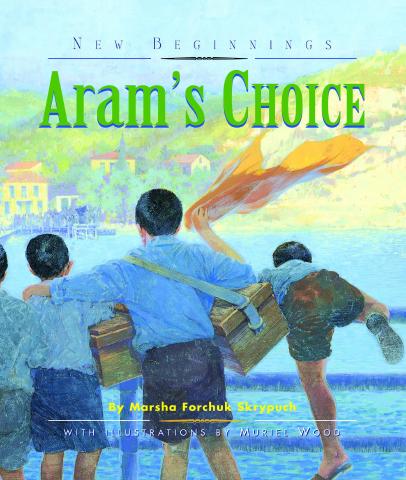Thank goodness a long weekend comes after the Forest of Reading festivities. Now that I have had three sleep-ins and three days of exercise, I am feeling almost back to normal.
Wednesday was quite the hectic day. I had somehow committed to participating in two separate Forest of Reading events in two different communities — both of which were WAY on the other side of Toronto from me!
Shelley MacBeth of Blue Heron Books in Uxbridge has run a fabulous celebration for several years running for children in the Uxbridge area who can’t get in to the Toronto Forest of Reading event because the tickets are limited. Her celebration is held at the local community centre and is for the Silver Birch, Silver Birch Express and Red Maple reading programs. I attended this one when Nobody’s Child was nominated for the Red Maple a couple of years ago and was very impressed with the organization and the enthusiasm of the kids.
The other one I had committed to was organized by Jane MacKenzie of Whitby and was held at a giant sports centre. This one was for the participants in the Whitby area and it was for all of the reading programs and is HUGE. Again, these are students who wouldn’t have been able to go to the Harbourfront events in Toronto on the Thursday because of limited ticket sales.
What to do, what to do?
I fessed up to both Jane and Shelley, offering to go for an hour to one, then drive 35k to the other and attend that one for an hour.
And then — thankfully — it turned out that I wasn’t the only confused author. Several had committed to both, thinking they were the same event. Some chose one or the other. Three of us managed to hit both. Gail Nyoka, Elizabeth Etue and myself attended Uxbridge from 11 til noon, then we convoyed to Whitby and did it all over again from 1 til 2.
I skedaddled out of the Whitby sports arena before the first school bus left the parking lot because I was on a mission. When Linda Bailey was in town on Monday, she had amassed a collection of lovely gifts that had been given to her by various librarians. One was a beautiful door wreath decorated with action figures depicting scenes from Stanley’s Party. I had taken that plus a beautifully large gift umbrella from Linda and offered to drop ithem off at Kids Can Press on my way to my downtown Toronto hotel. When I got to Kids Can, it was pouring rain. I was tempted, but I did not use Linda’s umbrella. I parked slightly illegally, dashed in, dumped the items off and was on my way to my hotel as quickly as rush hour traffic would allow.
That evening, I got together with a number of other Silver Birch and Silver Birch Express nominees for good chats and dinner.



 Aram’s Choice
Aram’s Choice